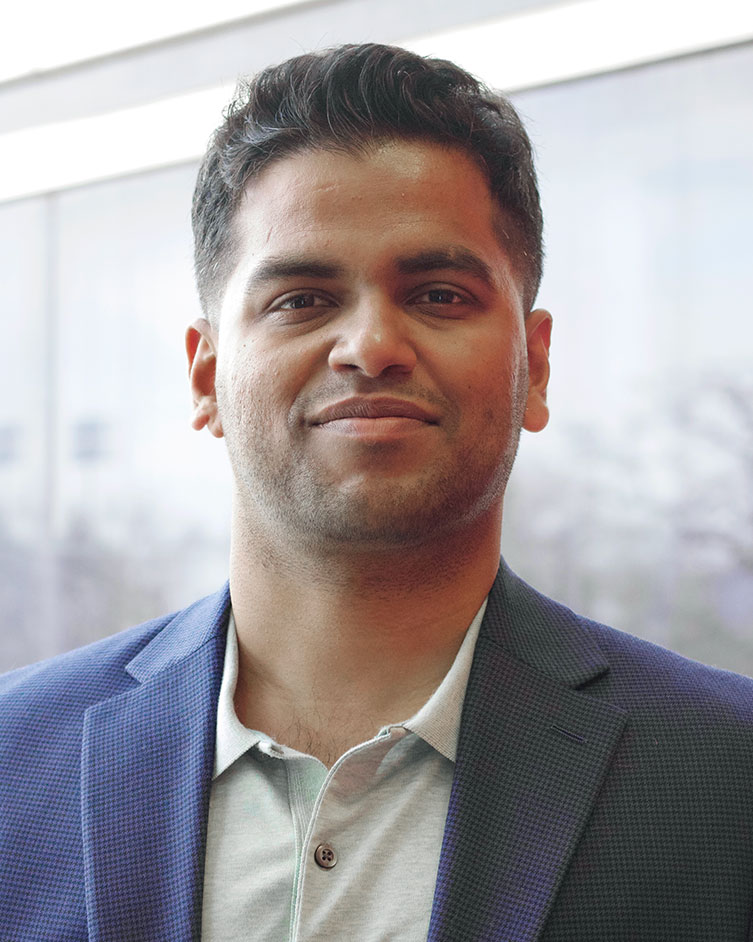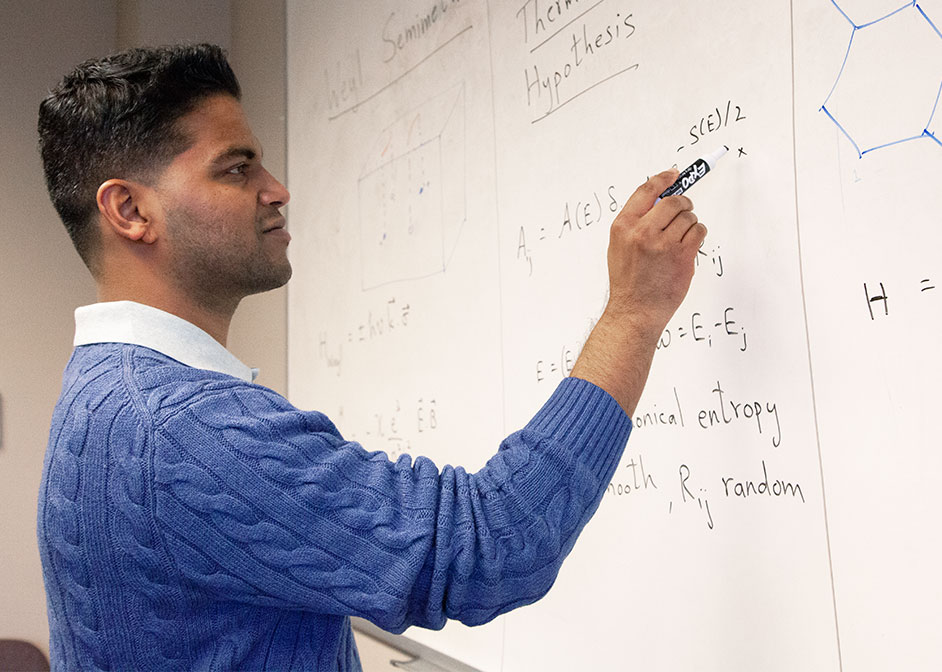UH Physicist Earns NSF CAREER Award to Investigate Materials’ Fundamental Aspects
Semimetals lie between metals and non-metals in terms of their physical properties – such as their shine and ability to conduct heat and electricity – and have long been studied by scientists. Recently, a new family of semimetals, dubbed topological semimetals, has sparked interest because of their potential to revolutionize technology.

“Before any material makes its way into an application, the dynamics of its electrons needs to be understood very clearly,” said Pavan Hosur, assistant professor of physics at the University of Houston College of Natural Sciences and Mathematics. “Due to their unique make-up, current techniques used to study electrons in topological semimetals have been challenging.”
Hosur, whose research focuses on theoretical condensed matter physics and quantum statistical mechanics, received a $575,000 Faculty Early Career Development (CAREER) Award from the National Science Foundation to devise innovative methods for understanding how electrons “dance,” or organize themselves in two-and three-dimensional topological semimetals.
Traditional semimetals can be converted into either metals or insulators with relative ease, for example, by lowering their temperature or tweaking their chemical composition. In contrast, topological semimetals stubbornly retain their semi-metallic nature under such manipulations.

“What makes topological semimetals even more fascinating is they enable access to the physics of fundamental particles that make up matter through table-top experiments, and they also tend to have conduction properties which make them attractive platforms for novel, low-cost electronic devices,” Hosur explained.
Over the next five years, Hosur and his team will investigate various fundamental aspects of topological semimetals including:
- The individual and collective behaviors of surface electrons in 3D topological semimetals; The team will develop an approach that can capture the ill-defined dimensionality of surface electrons.
- Electron transport in 2D topological semimetals in unresolved conditions; The researchers will devise an algorithm for studying physics in these conditions, but which can also be used more broadly beyond topological semimetals.
For the outreach component of his CAREER Award, Hosur will design mobile games to help undergraduate physics students learn the field of condensed matter theory and will create teaching strategies suitable for online and social distancing-compliant classrooms.
“The COVID-19 pandemic has forced us to reinvent our systems of education and outreach over the past year,” Hosur said. “I hope these efforts to harness technology will help to overcome the surmounting hurdles to teaching in the post-COVID era.”
NSF CAREER awards are granted to highly promising junior faculty members who exemplify the role of teacher-scholars through “outstanding research, excellent education and the integration of education and research.”
- Sara Tubbs, University Media Relations